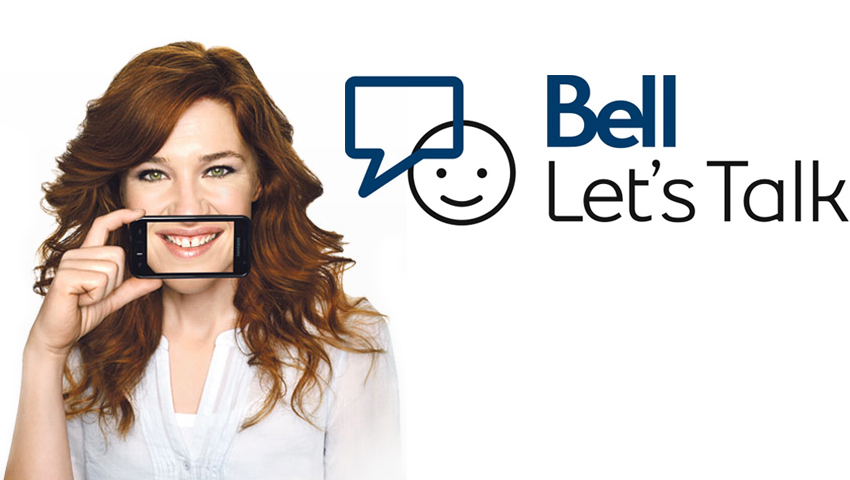Bombarded with billboards, newsprints, and social media everyday with consumer products, something interesting caught my eye last month. Let’s Talk campaign by Bell. From intense commercials to endorsements like Olympian Clara Hughes, Bell’s support to raise awareness for mental health was everywhere.
But why not just donate x amount of dollars? Why the need to invest even more in promotion and an event?
You hear about large donations made to charitable organizations quite frequently and you forget the next day. Very commendable donations in fact, but truly only people involved will continue to feel for and appreciate it.
Relating to the Obama Campaign video, rather than one entity, albeit large entity, involved, Bell got millions of people involved. I shared a Facebook photo that day and I am not even serviced by Bell. It took a risk by investing support for the sole cause that was (in my consumer POV) shadowed. But that made consumers intrigued and wanting to learn more. Yes this can come down to a marketing ploy as most community efforts will be categorized as. But I admire how it was done. By getting friends of friends and families and extended families talking/tweeting/sharing/texting this one day, each one of these people is personally affecting this cause. Knowing a corporation led you to this, lightens Bell’s image across the board. Mental Health awareness and Bell awareness, win.
Bell took a leap along a different path towards company community initiatives by focusing its beliefs through risk and involvement.
After all that jazz, did it work?
As quoted from their website:
Canadians talked like never before on Bell Let’s Talk Day.
- 96,266,266 tweets, Facebook shares, texts, & long distance calls.
- $4,813,313.30 additional dollars Bell donated to mental health programs.
I’d say solid results. Oh, the BCE stock is doing pretty well, too.


